Phineas Gage may have the most famous brain ever. He’s so famous there’s even a statue dedicated to him in Cavendish, Vermont, the area where his infamy began.
Gage is famous not just for his brain, but for what happened to it. Born in 1823, he was a rather unremarkable person until one fateful day, September 13, 1848; that was the day his life changed forever.
The Day of the Accident of Phineas Gage
On that September day, Gage was working as a railroad foreman for the Rutland & Burlington Railroad south of Cavendish, Vermont. Gage and his team were preparing the area to lay new tracks for the railroad. This process involved explosives and setting up the blasts.
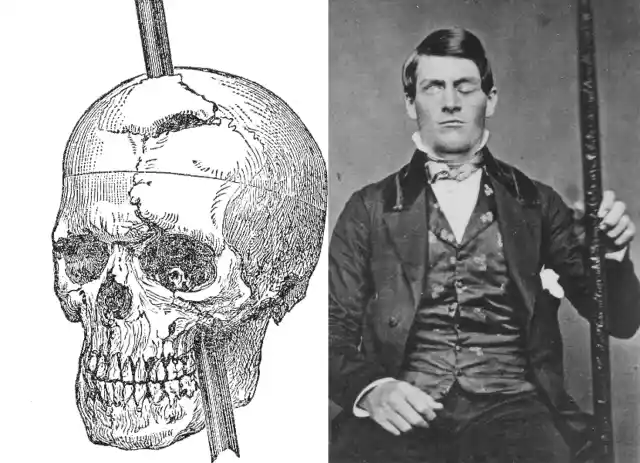
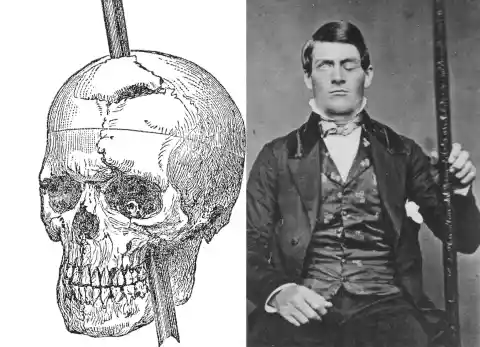
Gage and his workers had to bore a hole in the rock, add the blast powder and then the fuse. The process then required then to use a tamping iron to pack the clay, sand or other materials into the hole. Everything was going well until Gage was distracted by his workers.
It was around 4:30 and Gage accidentally stuck his head near the blast hole when he looked over his right shoulder. That moment was the same minute that the tamping iron went against the rock and caused the powder to explode. The tamping iron sprung from the hole and went directly into what was in its path: Gage.
The tamping iron measured 1 ¼ inches and was 3 feet, 7 inches long, and weighed 13 ¼ lbs (the weight of 8 IPADS today), and it was propelled right into his face. The iron bar went into the left side of his face starting at the cheek, through his eye socket and then bored through the top of his skull. After going through his face, the rod landed in the dirt 25 yards away.
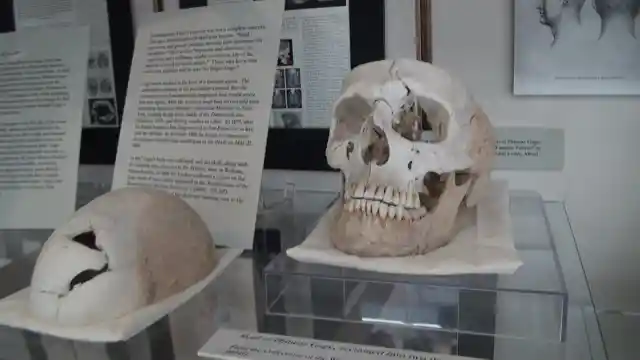

This was the incident that neurologists and psychiatrists are still fascinated with today. Gage didn’t die, but in fact was even sitting upright a few minutes later after the accident. He was even speaking and went back to his lodgings where he saw a doctor 30 minutes later.
The doctor, Edward H. Williams, shared how he believe Gage was lying until the railroad worker vomited, and the force of the act pressed a teacup sized amount of his brain onto the floor. Williams knew then he had a remarkable patient on his hands.
After the Accident
The Gage incident was an incredible turn of events. Doctors, upon removing the tamping iron from his skull, were shocked to find that he had experienced significant changes in his personality. Those around Gage described him before the accident as a hard worker, pleasant, and efficient, but after the accident, he was considered a different person. Gage’s experience was proof that the physical brain is linked to personality and behavior, unlocking a whole world of neuroscience. Gage was also described as “erratic and profane.”
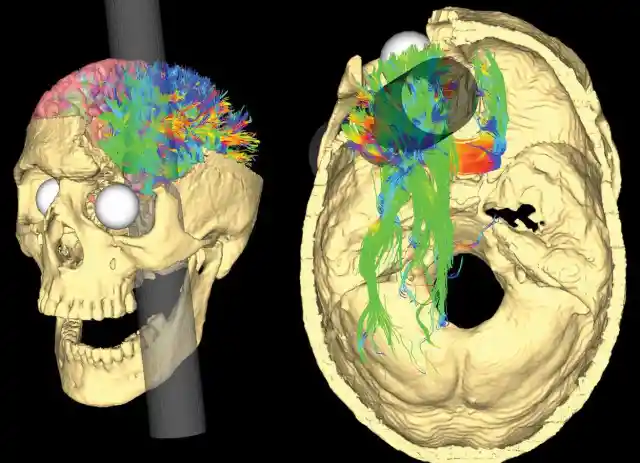
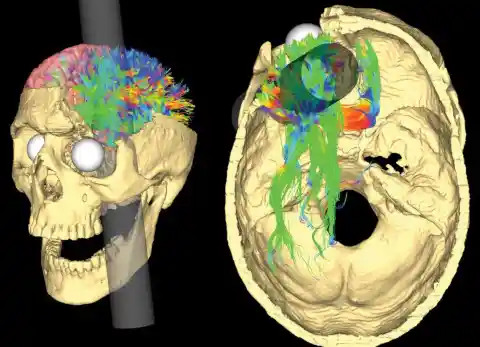
The fascination with Gage led to his story being used in medical research, and also a stint as a “living exhibit” at a museum owned by P.T. Barnum. Gage lost one of his eyes, but other than the personality change, he wasn’t affected physically — he was still able to talk, eat, drink, and travel.
He even worked as a coach driver, however, in 1859, he moved back in with his parents in San Francisco. The next year, he passed away from epilepsy and may have been buried with the tamping iron — the facts vary. What we do know is that a year later, John Martyn Harlow, the hometown doctor had the body exhumed and took possession of the skull. It now is on exhibit at the Harvard Medical School alongside the infamous tamping iron.